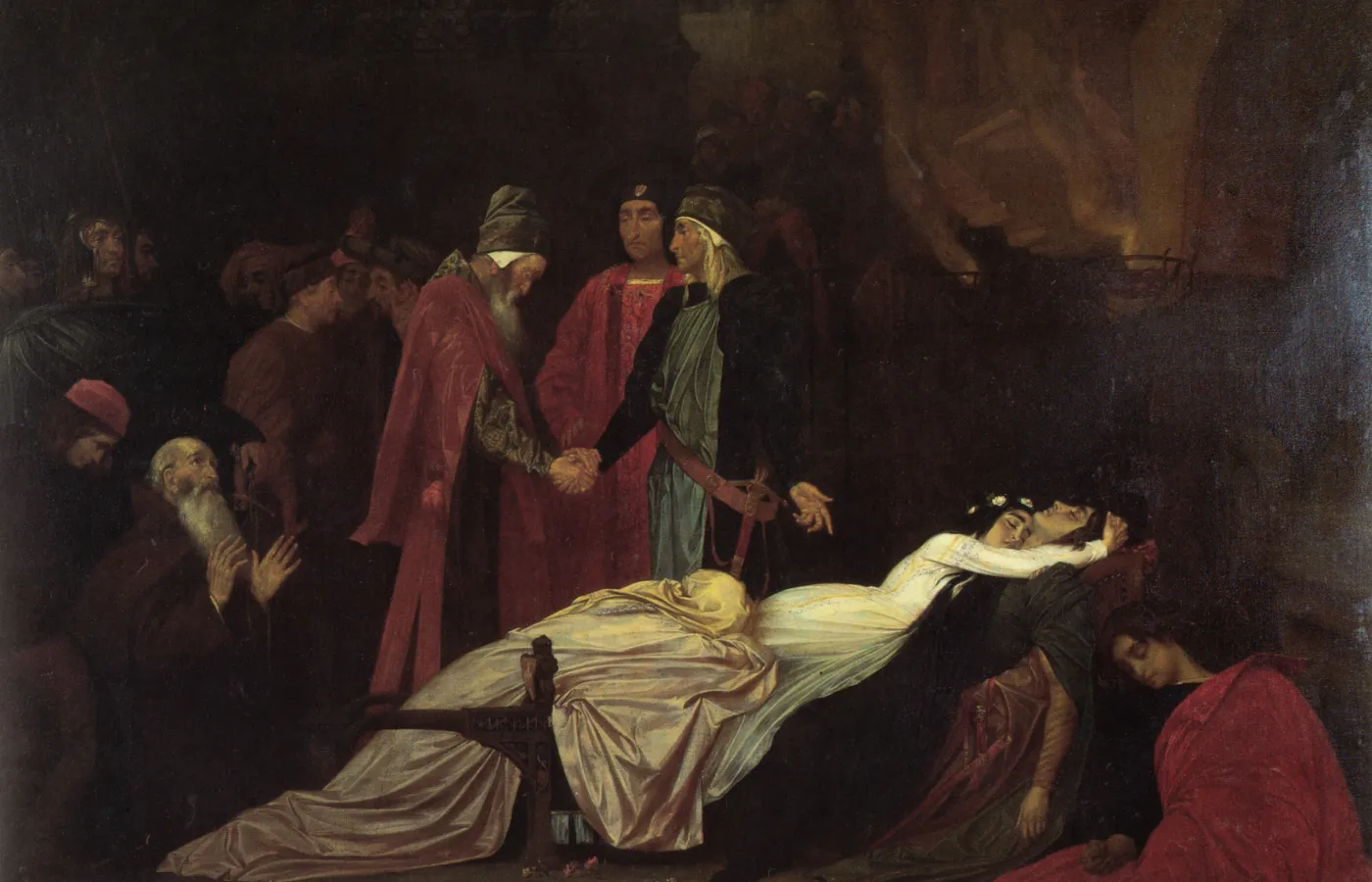Matadero Madrid center for contemporary creation
Marta Galindo
The first form of unmanned aerial photography was patented in 1908 by the apothecary Julius Neubronner, who strapped a series of automatic cameras to the breasts of pigeons trained to take photos from the air. The technique was soon used for military reconnaissance purposes. Today, many of the high-tech devices designed for warfare – especially drones – operate under meteorological conditions in which birds fear to fly. Another animal species linked to these unmanned aerial weapons is the original drone, the male bee. During World War II the word “drone” came into use to refer to remote-controlled aircraft, due to their small size and the buzz of their engines. However, the greatest similarity is found in the mating of the drone and the queen bee, which takes place in full flight in an act known as the “mating flight” or “nuptial flight”. After mating, the drone dies immediately because its genital organ breaks off once inserted into the queen bee. Just like the bees, the drones in the second World War – and those of today – are ready to die for their queen.
Kamikaze lovers is a performance and installation piece that imagines war technologies able to develop empathy and sensitivity, as opposed to the current proliferation of warlike artificial intelligence. The exhibition uses the iconic play Romeo and Juliet as its jumping-off point, reimagining it as a story where the main characters are played by flying drones; two machines from enemy sides that abandon their duties for love. What would happen if the developers of warlike artificial intelligence programmed their machines to feel empathy and a connection to others? If a killer drone met its peer, an enemy, on the field of battle, could they intelligently avoid fighting, like modern Romeo and Juliet martyrs?
BIO
Marta Galindo García (Cadiz, 1993) is an artist, and she currently lives in Madrid, where she works in her studio, Servicios Generales. She studied fine arts at the University of Seville and at De Montfort University (Leicester, UK), subsequently completing her studies with a master’s degree in artistic research and creation at the Complutense University of Madrid. In 2021 she had her first solo exhibition, “Add to wishlist” at the gallery Tuesday to Friday in Valencia, followed in 2022 by her second individual show, “Digital Afterlife”, produced thanks to the Iniciarte programme run by the Regional Government of Andalusia. She has received multiple grants and awards, such as “A secas” at the Seville CAAC (Sevilla, 2023), “Circuitos de Artes Plásticas” (Madrid, 2023), “Ayudas Injuve a la creación” (Madrid, 2023), “XVI Encuentros de Arte de Genalguacil” (Malaga, 2023), “Panorama” from the Galería Fran Reus (Majorca, 2021) or the Fundación Antonio Gala (Córdoba, 2017), among others. She has also participated in numerous group exhibitions, including “Easy Apply!” curated by Noelia Lecue for the programme “Se busca comisario” (Madrid, 2023); “Not only what, but also how” in collaboration with the artist Juan de Andrés Arias, curated by Marta Ramos-Yzquierdo for the Cultural Office of the Embassy of Spain in Washington, DC (Washington, 2023); “Ayudas Injuve a la creación”, curated by Blanca del Río at the sala Amadís (2024); “Un mínimo destello de larga duración”, curated by Marta Ramos-Yzquierdo at Sant Andreu Contemporani (Barcelona, 2022); or “MAZE”, curated by Eladio Aguilera at ChezKit (Paris, 2021).
Credits Image: Frederick_Leighton - The Reconciliation of the Montagues and Capulets over the Dead Bodies of Romeo and Juliet

